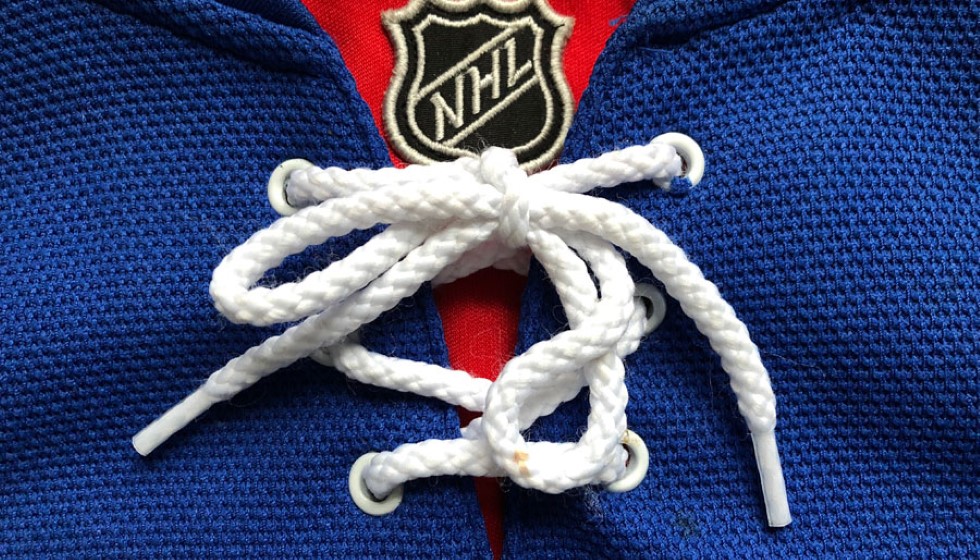
In a spirited contest between the Toronto Maple Leafs and the New York Rangers, the spotlight turned not just to the game's outcome but also to the imposing figures of Ryan Reaves and rookie Matt Rempe. Standing an impressive 6 feet 7 inches tall and weighing 240 pounds, Rempe has quickly made his presence felt in the NHL, both on the score sheet and in the penalty box. Despite playing only seven games, he has managed to chalk up a goal and an assist each, but it's his 37 minutes in the penalty box – outstripping his actual game play time – that has caught the eye of fans and pundits alike.
The Role of the "Enforcer"
Labelled early on as an "enforcer", a role historically celebrated in hockey for its physically intimidating players meant to "enforce" the team's toughness, Rempe has not shied away from this designation. His involvement in several fights underscores a traditional aspect of hockey that has been both glorified and heavily scrutinized over the years. The tragic deaths of enforcers Derek Boogaard, Wade Belak, and Rick Rypien in 2011 highlighted the darker side of this role, leading to significant discussions and changes within the NHL.
Mounting research suggesting a link between chronic fighting and Chronic Traumatic Encephalopathy (CTE) has further fueled the debate. Despite this, NHL Commissioner Gary Bettman has publicly voiced his disagreement with the findings that directly connect hockey fights to CTE. This stance sets the stage for ongoing contention between the beloved tradition of the sport and its evolving understanding of player health and safety.
The Shift in Hockey Strategy
The advent of analytics in hockey has served to emphasize skill, speed, and strategy over sheer physical intimidation, relegating the traditional enforcer role to the margins. As such, players known more for their fists than their finesse or scoring ability face a challenging fit in the modern game, which now prioritizes engaging, high-tempo play and inclusivity.
While fights have become less frequent, their existence speaks to hockey's unwritten "code", simultaneously fueling discussions about the sport's identity and the place of fighting within it. The NHL's recent shift towards a faster, more skill-focused game has not erased the role of enforcers entirely but has instead sparked a conversation about how such players adapt and remain relevant.
Enforcers in the Modern Game
The portrayal of enforcers in media further enriches the narrative. For example, TNT’s NHL panel, including former player Paul Bissonnette, often deliberates on the impact and necessity of fights within the game. Bissonnette's endorsement of Rempe's hit as "old-school" evokes a sense of nostalgia for a bygone era of hockey, even as he appreciates Rempe's willingness to answer for his actions on the ice.
Indeed, the discussion around Rempe and the role of enforcers extends beyond the ice rink into broader cultural dialogues. The NHL found itself at the center of a cultural dispute during the recent All-Star break in Florida, underscored by criticism from Governor Ron DeSantis's office concerning the league's inclusion practices. This incident demonstrates the league's navigation between sports tradition and societal expectations, with enforcers like Rempe symbolizing a specific aspect of this complex discourse.
Conclusion
Enforcers, with their fierce loyalty and readiness to defend teammates, are often credited with keeping the game safe by deterring potentially dangerous play. Nonetheless, the role's evolution mirrors the NHL's broader transition towards a more inclusive, dynamic, and health-conscious approach to professional hockey. Whether figures like Rempe can redefine the enforcer role to fit this new paradigm remains a captivating subplot in the ongoing narrative of the sport.
As the NHL continues to balance between preserving elements of traditional play and adapting to contemporary demands, the role of enforcers, the future of fighting in hockey, and the league’s stance on player health and inclusivity will remain central themes. The debate is far from settled, and the discourse around players like Matt Rempe is indicative of the league’s broader cultural and sporting challenges.